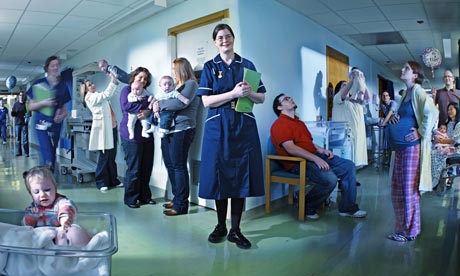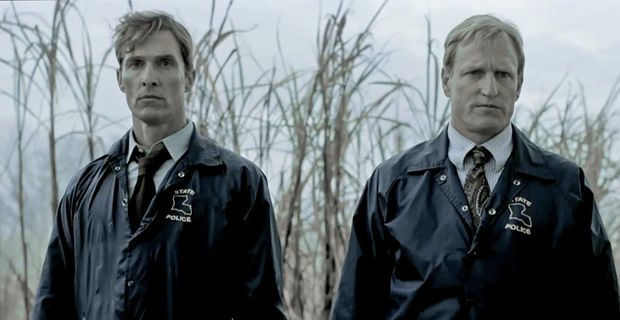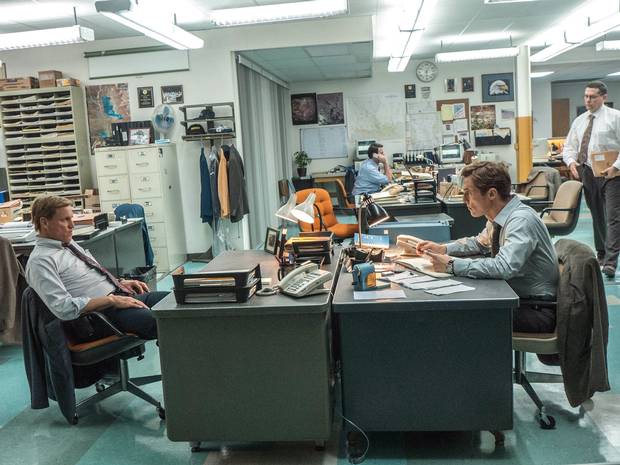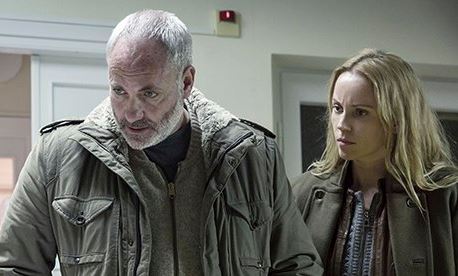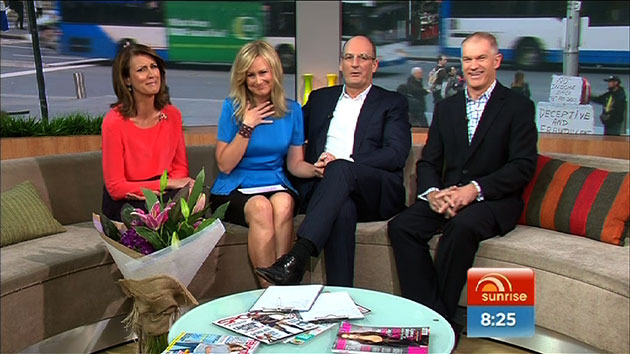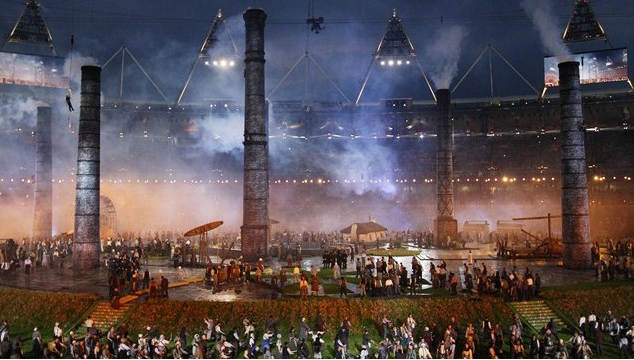Week Ten – Reality TV – Origins and Contexts
Reality TV is, “a catch-all category,” that includes a range of entertainment programmes about, “real people” (Hill, A; 2005). The idea of the real is paramount to many of the shows considered a part of the genre and, “this access to the real… presented in the name of dramatic uncertainty, voyeurism, and popular pleasure,” (Ouelette, L and Murray, S; 2009) in turn have become a marketing tool for these shows.
The genre, “is located in border territories, between information and entertainment, documentary and drama,” (Hill, A; 2005) with documentary in particular being an important relationship. These types of shows, “associations with documentary… [and] hybridisation of fictional and factual programme styles,” allow its intersection with everyday life and ordinary people (Kavka, M;2012). One Born Every Minute (2010) fits within lifestyle programming, appealing primarily to women and expectant mothers. By analysing the story and production elements of Season One, Episode Four, we can gain a further understanding of why the show can be considered a docu-soap through such things as characters, interviews, narrative, camerawork, and editing.
The show’s subject matter is expecting mothers and their families coming into the hospital’s labour ward, ordinary people as they go through an extraordinary experience. The show is built around these visiting characters, the nurses merely acting as hosts to the show adding there accounts when relevant. The show is structured to make a form of entertainment through the different relationship the viewer has with the families and the nurses. Characters are also used to contrast on each other, for example in this episode we meet Joy, Kelly and their families. Kelly’s family is quite unconventional with their relationship and she’s familiar to the process of childbirth becoming pregnant at seventeen. Tensions are then built by contrasting Joy and Fabio, two immigrants with no extending family and a wealth of money, but their inability to have a child for many years until IVF finally worked underlies how precious this birth is to them.
Consequently the narrative is very character based and the show uses parallel stories, like many other Reality TV shows, to reveal the underlying ideal that the show is fundamentally not around birth at all but more so the relationships that are achieved and tested in the process. For example, the point of connection with the new mid-wife on the ward delivering her first child and Joy giving birth to her first child. There is also a rhythm to the show in relation to drama, as we have spent more time with Joy in her many days on the ward we become anxious for her when she finally goes into the theatre; while we only meet Kelly half way through the episode and her presence doesn’t resonate quite as much.
To further this notion of reality the main interviews don’t appear staged, though there are some moments where there’s an interview of family members, such as Kelly’s sister, that have been staged for either dramatic effect or to further establish the broader family role. Camera style then follows with fixed camera angles, high angles to depict the hospital walls and slow motion shots. This adds a voyeuristic feel to the scenes and makes the viewer feel as though we’re seeing something we shouldn’t be, with everyday CCTV and family home interviews an obvious influences to these shots. The editing of these shots also works to condense time and space so that the piece has rhythm.
Music is used to weave from action to action and to allow emotional connection through events, for example we hear the lullaby-ish music as when Joy goes into the operating theatre to further the emotion the pair feels. Otherwise the lack of music creates pauses between dialogue as you would hear in reality. Dialogue is also used to further establish the characters we are watching, such as Joy’s continued disbelief of “the whole hand” and comments to Fabio on him eating “half a kilo of yogurt” adding some well needed breadth in scenes. Furthermore, when interviews or music is not occurring there’s sometimes the use of voiceover to keep the viewer up to date on the narrative.
One Born Every Minute demonstrates how a show can be layered through different forms of narrative elements to achieve its genre. The show exhibits how Reality TV can take on a documentary style to illustrate itself as real, with the existence of these types of shows as a way to maintain an understanding of difference between the real and mediated.
References
Hill, A 2005. Reality TV: Audiences And Popular Factual Television, Routledge, London & New York, pp. 1-14.
Kavka, M 2012.Reality TV, Edinburgh University Press, Edinburgh, pp. 1-13.
Ouelette, L and Murray, S 2009. Reality TV: Remaking Television Culture, New York University Press, New York & London, pp. 1-20.
